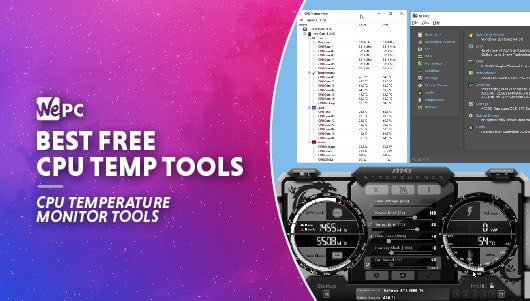
The addition of the multipliers increases overall speed of the CPU. There is a multiplier that provides the internal required frequency to the CPU. The components work on a regular speed synchronizing with each-other. It is the speed at which all the components motherboard run. BIOS Setup with Overclocking options CPU Overclocking This is a very common question that any user has with regards to overclocking. Overclocking computer components How to overclock your CPU, GPU and RAM? The most common trend among computer enthusiasts is the overclocking of CPU, GPU and RAM. In the most simplest of ways, overclocking can explained as the process to reconfigure factory settings of the system or a few components of the system so that the system runs faster than its default setting. Too much heat for extended periods of time can burn out the processor and motherboard, so do be careful and make sure that proper ventilation is implemented, or reduce the speed of the processor to a stable and usable speed.4.4 MSI Afterburner What is overclocking? Overclocking a processor too high, then the processor may throw errors and crash, or if the heat is not taken care of properly, can cause the processor to downclock to a lower speed to help reduce the heat generation while still being powered on. Undervolting the overclocked processor helps reduce heat production as well as reduce the amount of electrical power going into the processor. This generally increases heat generation because of the increased wattage that must go into the processor for longer periods of time, and also decreases battery life because it takes more power to sustain the higher clock speed of the processor. Overclocking, usually done by changing the multiplier, is the process of increasing the speed of the processor to gain performance. (Underclocking is clocking down the processor to a lower, but stable and usable speed). Since multi-core processors in computers have multiple running states, I underclock the processor as well to reduce heat generation and gain a little bit of battery life as well. I undervolt all of my phones so that I can gain a couple of hours of battery life. As it is now since 1 1/2 years has passed, I get between 9 and 10 hours of battery life.

I have undervolted my AMD C-60 netbook to the point that I was able to get 12 hours of battery life (depending on usage). If the voltage is reduced too much, then the processor would not be able to function properly and would through out errors and crash. If the voltage is reduced properly, then no performance loss would be made, but instead heat generation and battery life (if the device runs on batteries) would increase. Undervolting a processor means that the voltage going to the processor is reduced.


 0 kommentar(er)
0 kommentar(er)
